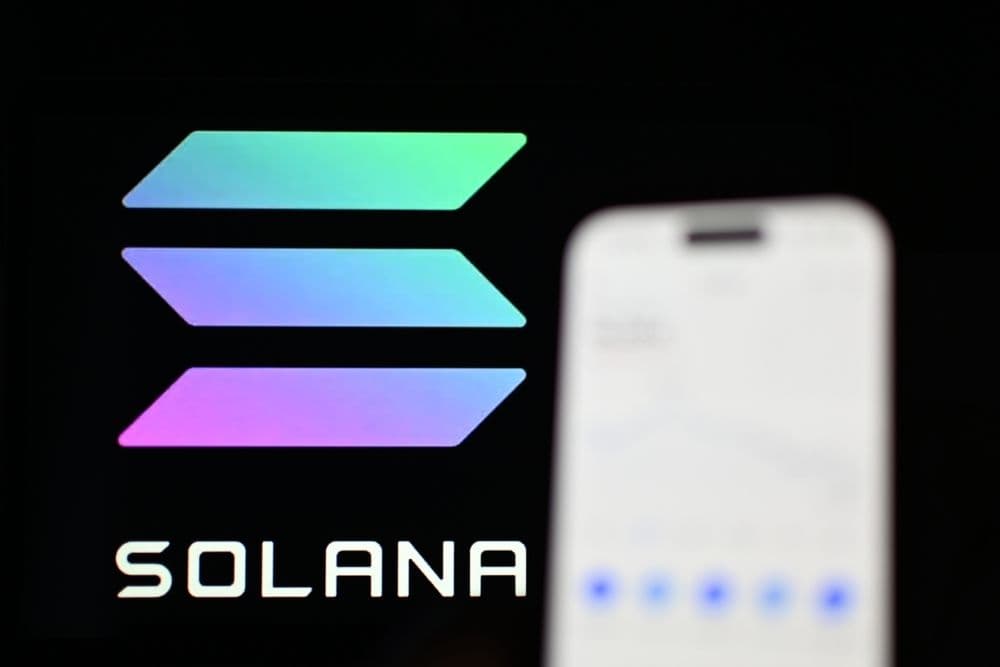 Coinbase powers up defi with revamped stablecoin liquidity program. (Shutterstock)
Coinbase powers up defi with revamped stablecoin liquidity program. (Shutterstock)The Bootstrap Fund initially launched in 2019 to seed liquidity into DeFi platforms using USDC, with early recipients including Compound and dYdX. Those early injections helped USDC gain prominence in decentralized finance protocols. The program had since been on pause, until now.
Under the relaunch, Coinbase Asset Management will oversee the fund. The strategy involves distributing liquidity via USDC and EURC across a range of platforms, starting with popular names like Aave and Morpho, as well as Solana-based venues like Kamino and Jupiter. Future expansion is promised, including early-stage and pre-launch projects that may need liquidity from day one.
While Coinbase hasn’t disclosed the total size of the fund or the amounts allocated per protocol, it confirmed that it will closely watch initial deployments before expanding further.
This move arrives as DeFi activity rebounds. DefiLlama data shows that total value locked (TVL) in DeFi has surged by nearly 50% since April 2025, now exceeding $126 billion, compared to around $86 billion in April. By injecting capital directly into DeFi platforms via USDC or EURC, Coinbase is betting on stablecoin liquidity as foundational infrastructure for the broader crypto finance ecosystem.
By prioritizing both established and pre-launch projects, Coinbase is positioning the Bootstrap Fund to address liquidity constraints that often hamper new protocols. Encouraging deeper adoption of USDC (and now EURC) reinforces Coinbase’s stablecoin suite as standards within DeFi markets, especially with USDC’s continued dominance. The relaunch also reflects Coinbase’s belief in embedding stablecoin-native money into DeFi, treating liquidity incentives not just as short-term support but as structural underpinnings of on-chain finance.
This initiative builds on Coinbase’s recent moves to broaden stablecoin utility. In mid-2025, Coinbase Payments launched on Base, enabling merchants (including those on Shopify) to accept 24/7 USDC payments without blockchain complexity. The company also introduced the Base App, a unified platform combining social media, payments, trading, and mini-apps. Separately, Coinbase Derivatives and Nodal Clear are working to make USDC eligible as collateral in U.S.-regulated futures markets, pending approval and expected to launch by 2026.
USDC plays a significant role in DeFi and cross-chain ecosystems, with cumulative on-chain transaction volume exceeding $20 trillion, including over $1 trillion in a single month (November 2024). While detailed TVL figures for USDC alone aren’t published, these volumes underscore its deep, multi-chain penetration and utility.
The relaunch also reflects Coinbase’s long-term commitment to stablecoin adoption as a core growth driver. USDC has become a central pillar in its ecosystem, underpinning payments, DeFi participation, and cross-chain activity. By actively seeding liquidity through the Bootstrap Fund, Coinbase is aiming to strengthen USDC’s position as a preferred settlement asset across decentralized markets and institutional applications.
The initiative also dovetails with new regulatory developments in the U.S. Notably, the GENIUS Act, signed into law in July 2025, provides a formal legal framework for stablecoins like USDC. The act’s clarity and enforcement ambitions amplify the impact of liquidity boosts in DeFi, offering renewed confidence for institutions, developers, and users interacting on-chain.
Together, these moves reflect a strategy of embedding stablecoins deeply into payments, DeFi, and capital markets infrastructure. By aligning its liquidity support with payment tools and institutional use cases, Coinbase is building an interconnected stablecoin ecosystem that stretches from retail users to regulated finance.

SKR debuts January 2026 as Solana Mobile grows its vision

Solana emerges as RWA hotspot with over 105K holders

Binance rolls out 'Binance Prestige'

Africa launches ADAPT to unlock $70B in trade value